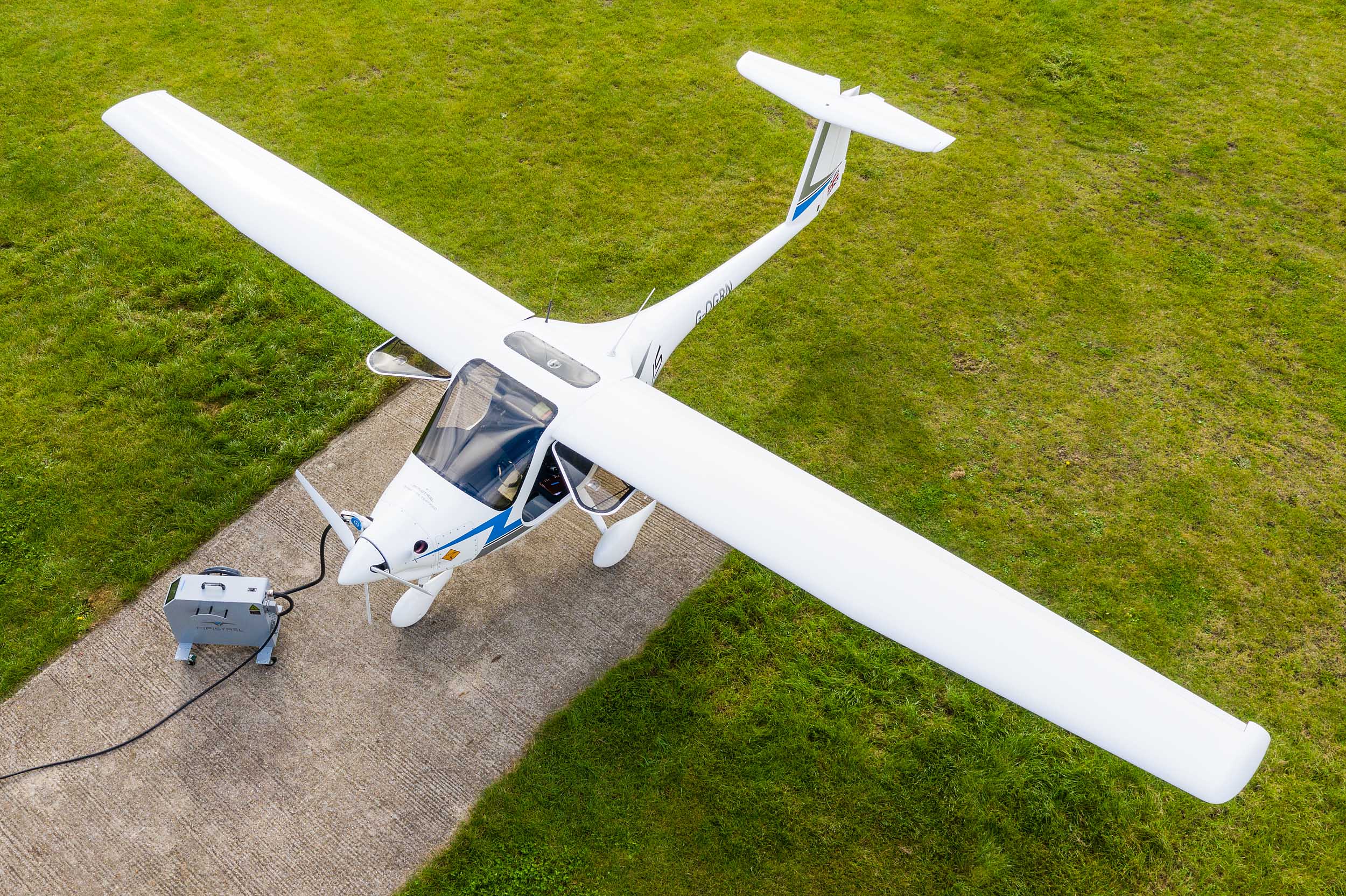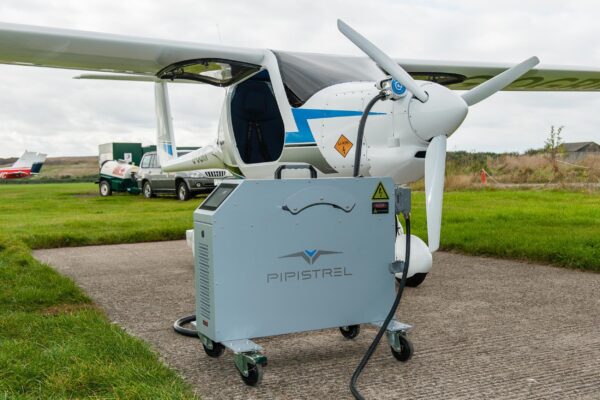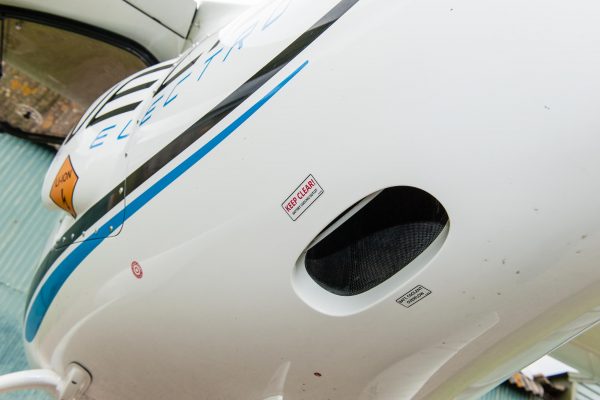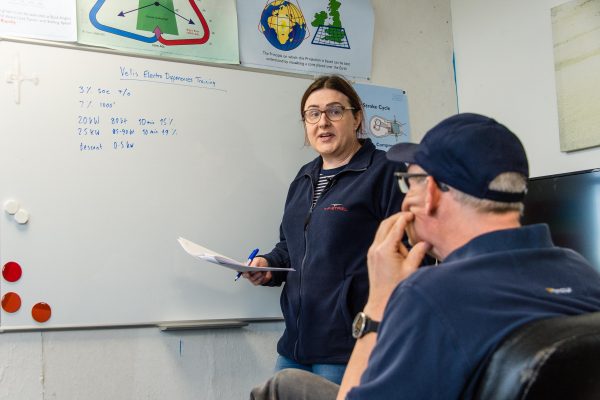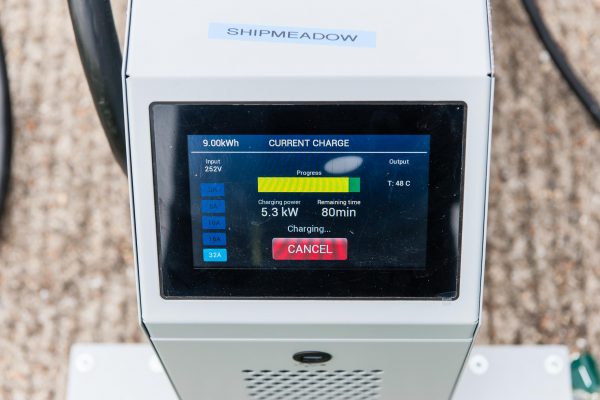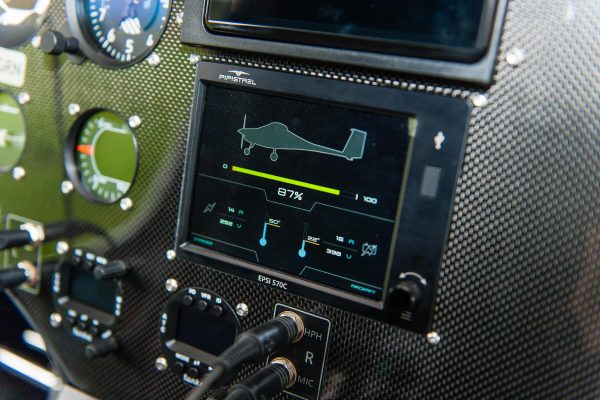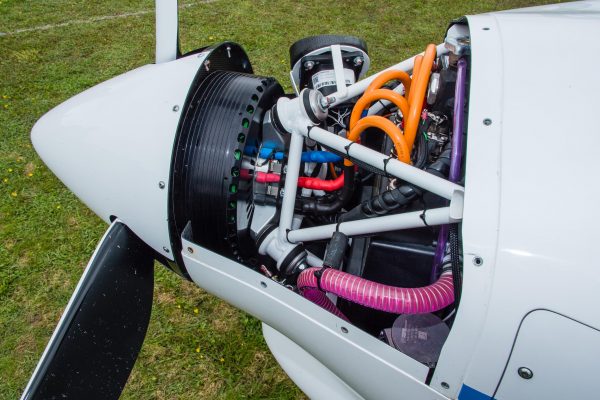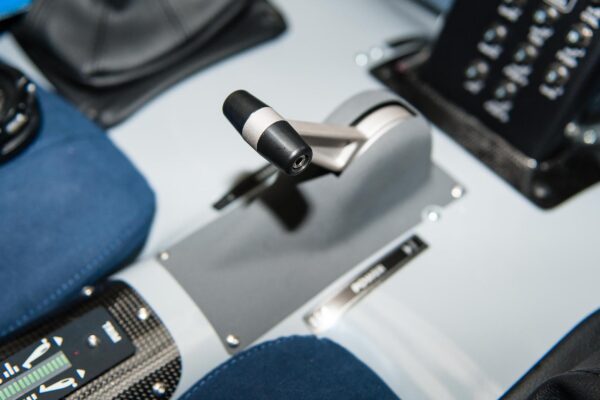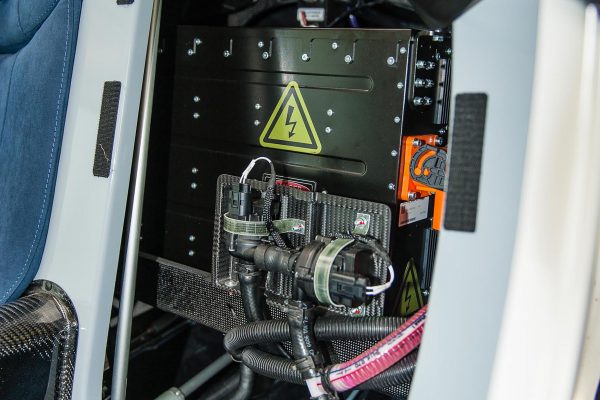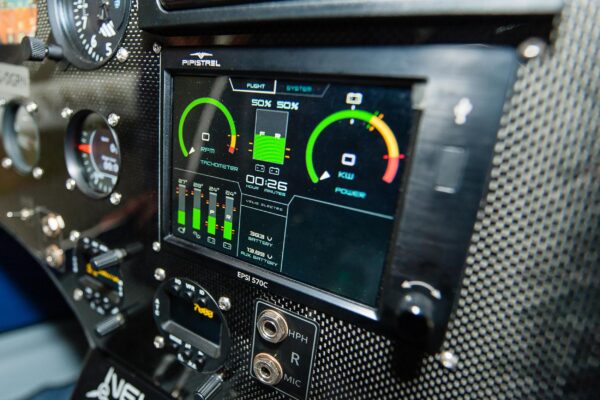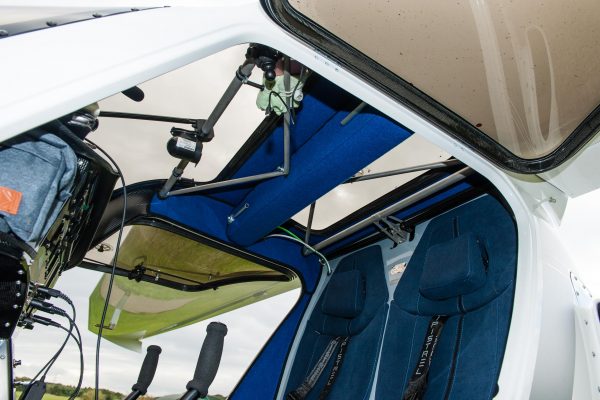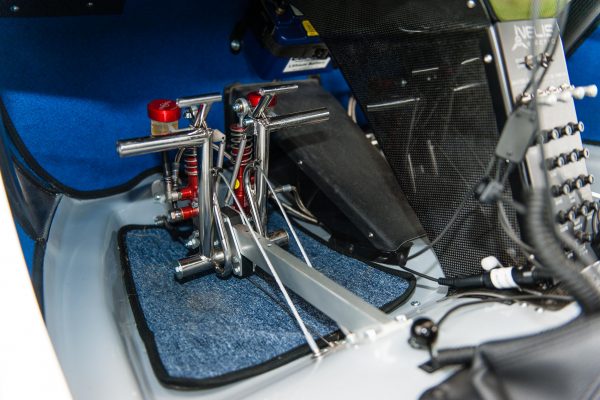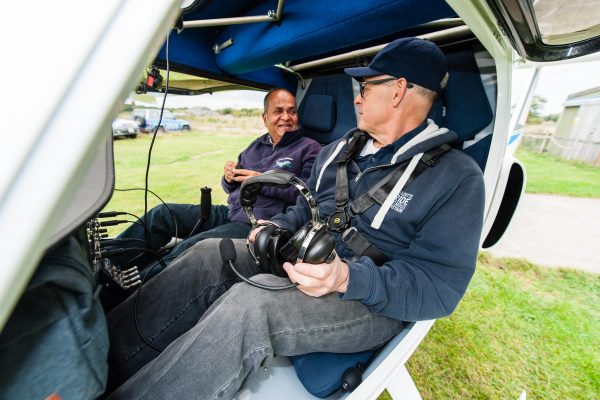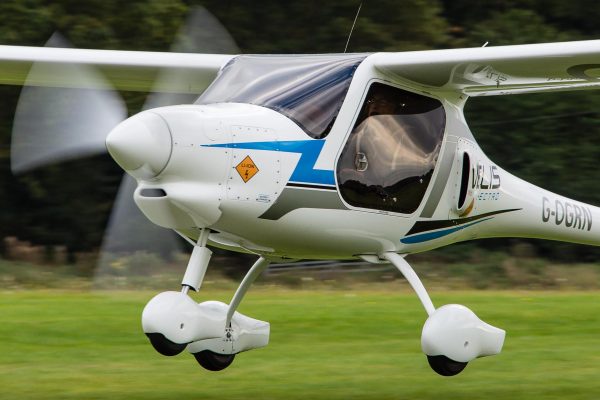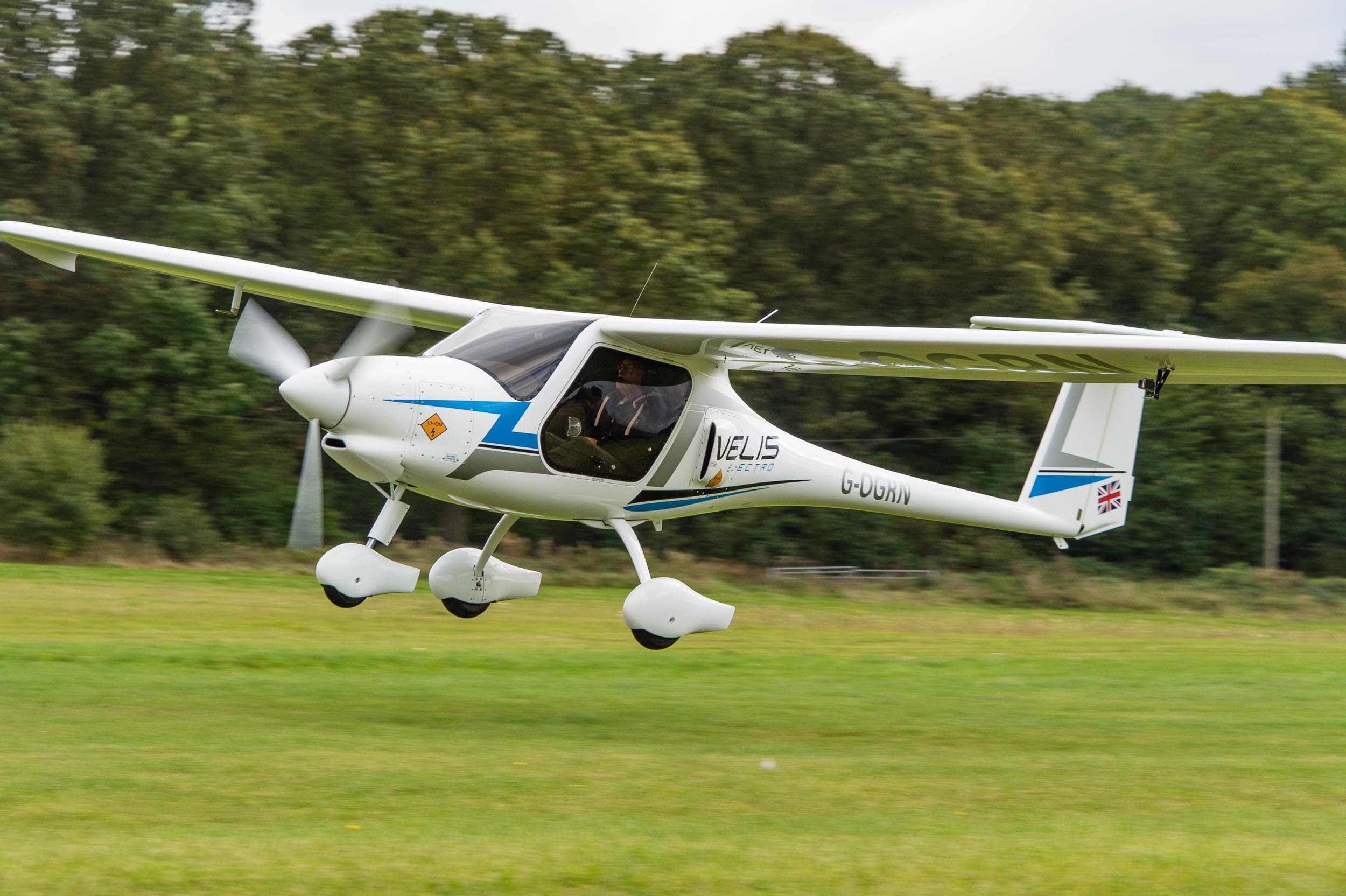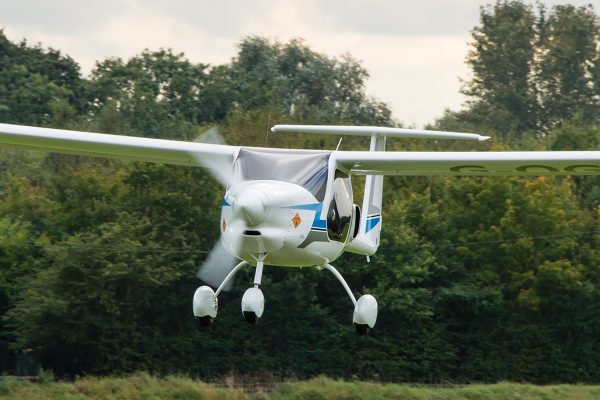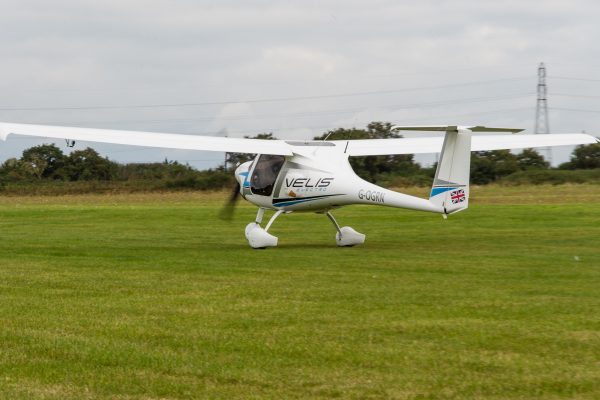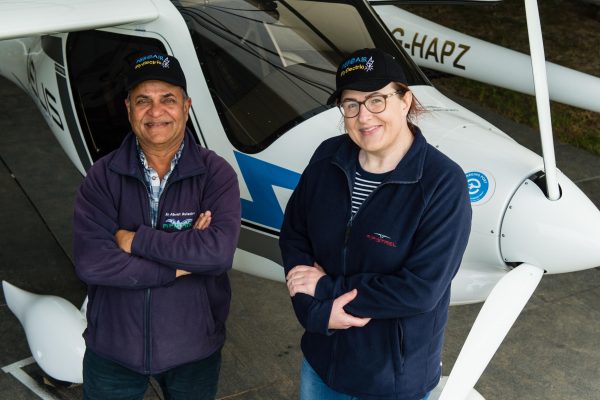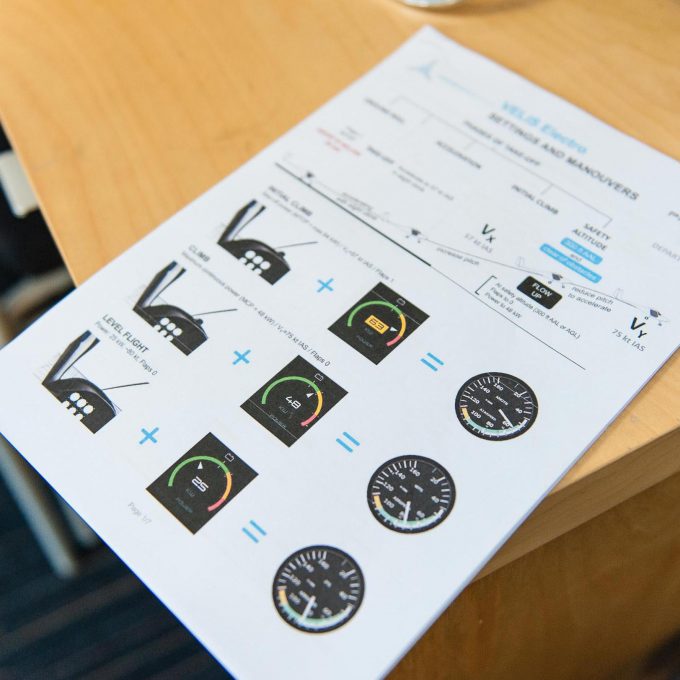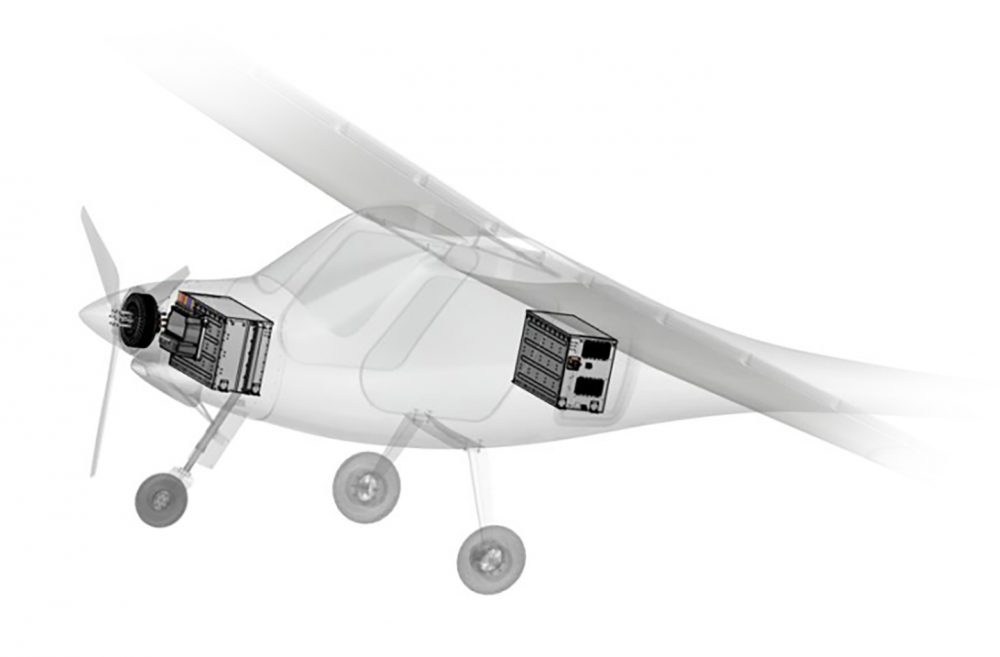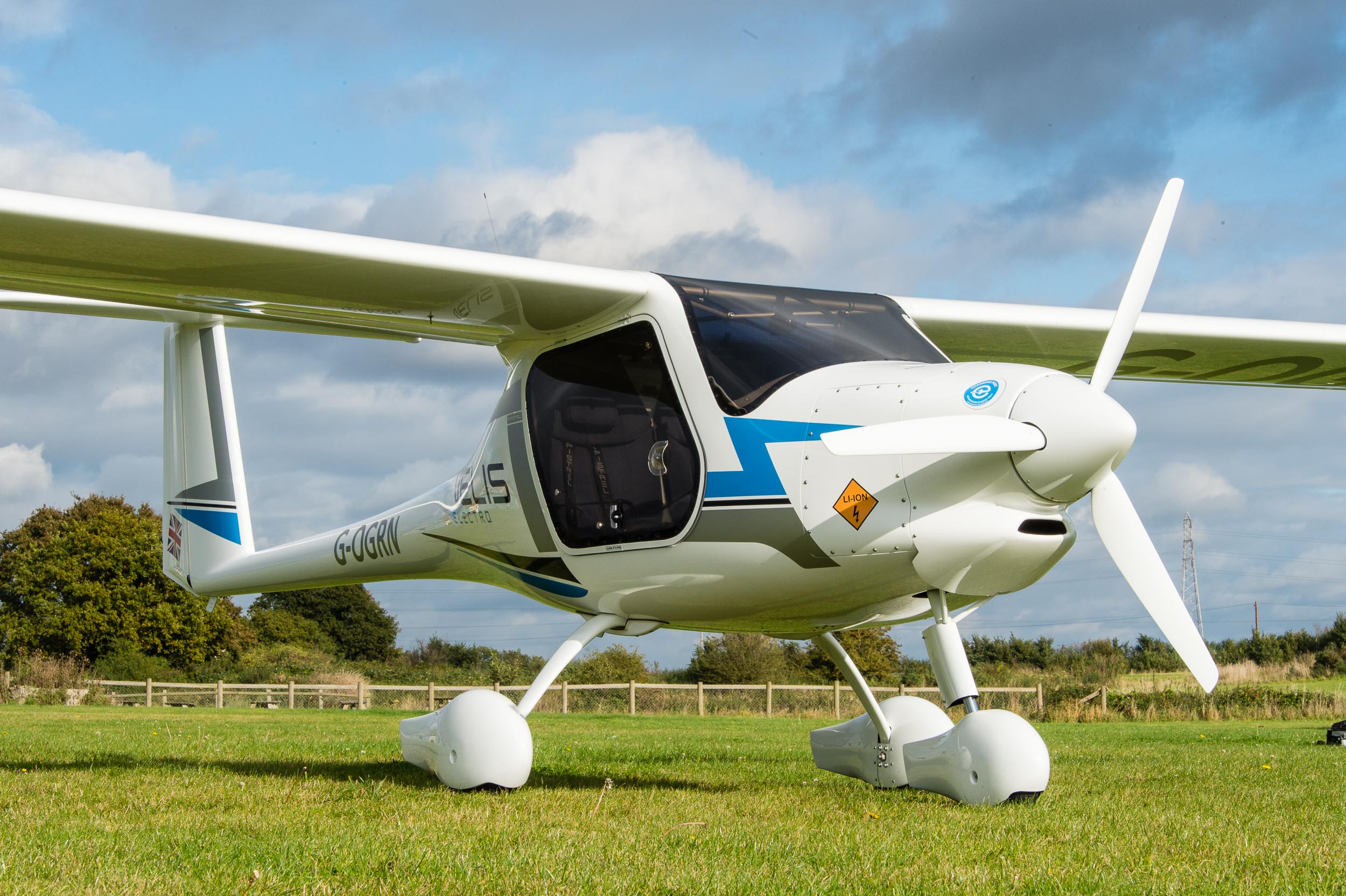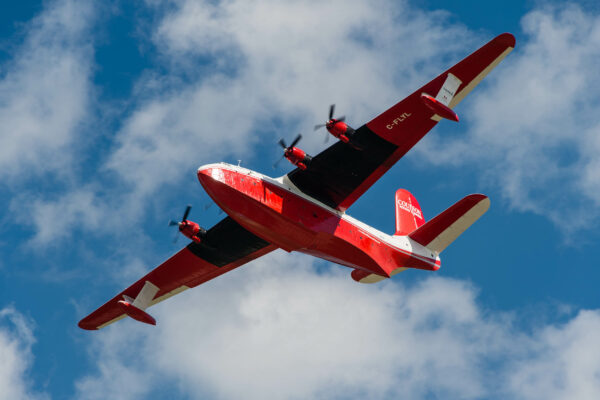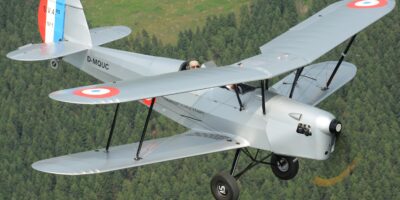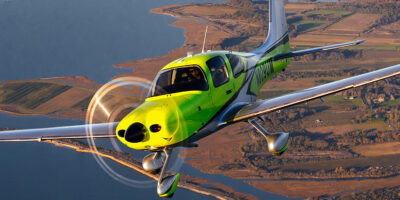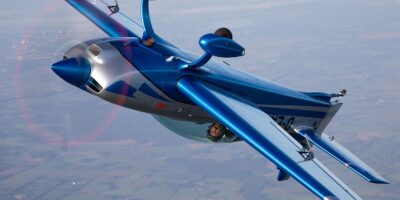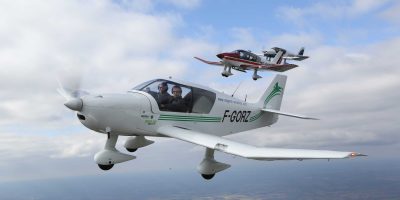We tried to get our hands on Pipistrel’s Velis Electro after the Microlight Trade Fair at Popham earlier this year. The plan had been to fly the aircraft from Popham to Wadswick where, before flying, we’d take pictures of the all-electric Pipistrel while its batteries were being recharged using the three-phase power being generated from the handy solar farm next to the runway. It would have been all very green and virtuous. Admittedly, there was the small matter of needing to fly to Popham in the C182 to get the mobile charging unit (which weighs about the same as an adult), but the imagery would have been great…
Clearly that didn’t happen. Apart from anything else, we perhaps hadn’t fully appreciated the challenge of range/endurance that comes as standard with every electric aircraft, of which in the certified world there’s just one, the Velis Electro (CS-LSA). Pilot Deepak Mahajan, the UK’s Pipistrel dealer would have had his work cut out when returning from Wadswick to Damyns Hall, at least without some hefty tailwinds, not to mention the problem of transporting that mobile charger (which despite being mobile, obviously isn’t intended to follow the aeroplane around).
During one of FLYER’s weekly Livestreams (what do you mean you haven’t seen one yet? They’re every Thursday at 1930 on our YouTube channel), Claire Bartlett, one of Deepak’s instructors at Damyns Hall, brought the subject up again, so as soon as weather and availability holes aligned, Ed and I jumped in the avgas-burning C182 and headed east.
When we arrived, Deepak was busy taking the Velis out on a local demo. A great opportunity to hear how surprisingly quiet the aeroplane was on take-off, and how surprisingly noisy the process of recharging afterwards was (although we’re talking Dyson hand dryer loud, not IO-540 at max rpm, loud).
While Deepak was doing his thing, we sat down with Claire to talk through both the similarities and differences between traditional GA and the modern Velis, and of course between petrol-fuelled piston power and the all-electric models. I’m going to assume that we’re all far more interested in the electric powertrain side of things, so rather than any lengthy Velis vs Cessna/Piper comparisons, I’ll just say that the Electro is a sleek low drag composite two-seater with a T-tail and cantilever high-wing that’s equipped with pretty much full-span flaperons.
It’s a sweet flying aeroplane that only really requires the lightest of fingertips on the stick. The only thing that might catch out the unwary from a handling point of view is the adverse yaw created by the flaperons, particularly if you have two stages selected at low speeds. Unlike the stick, the rudder pedals need a decent push to move them and counteract the yaw. During the cruise when no flaps are set, the rudder pedals are more footrests.


